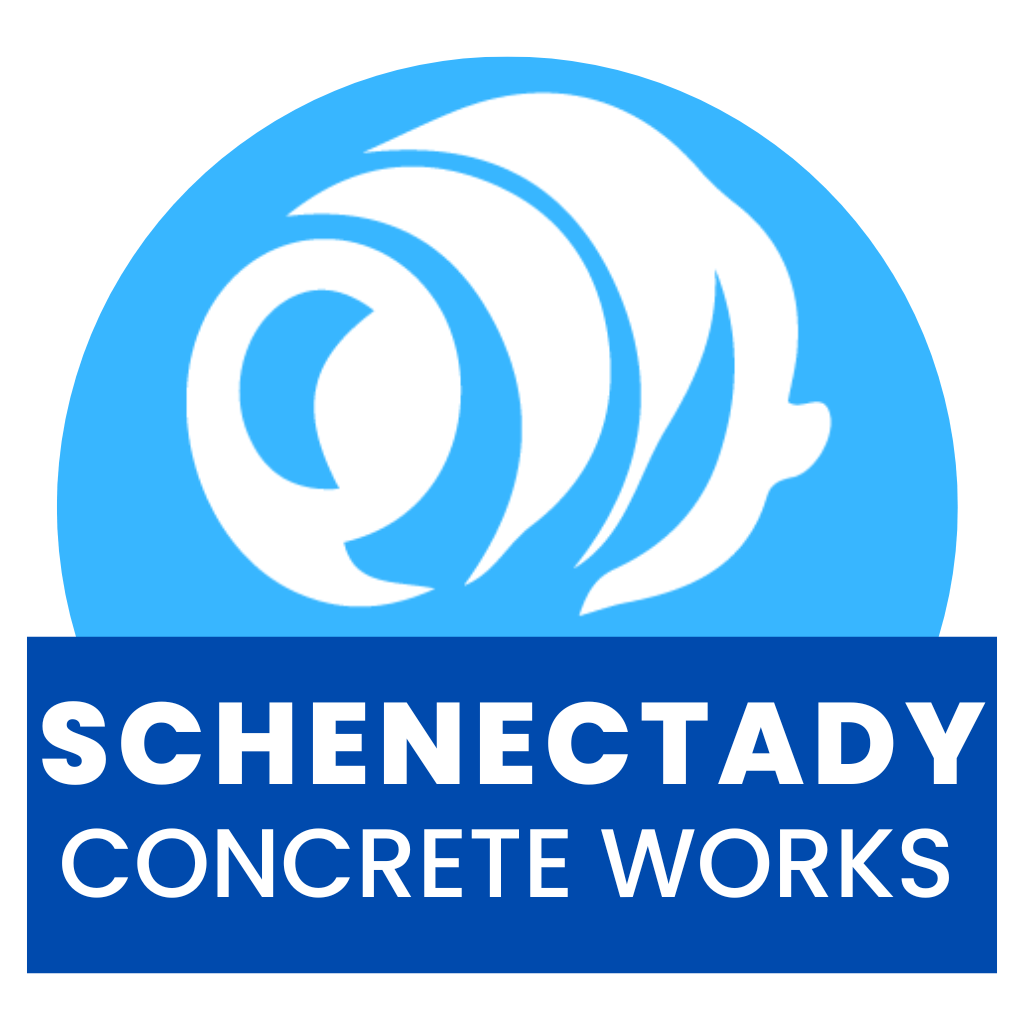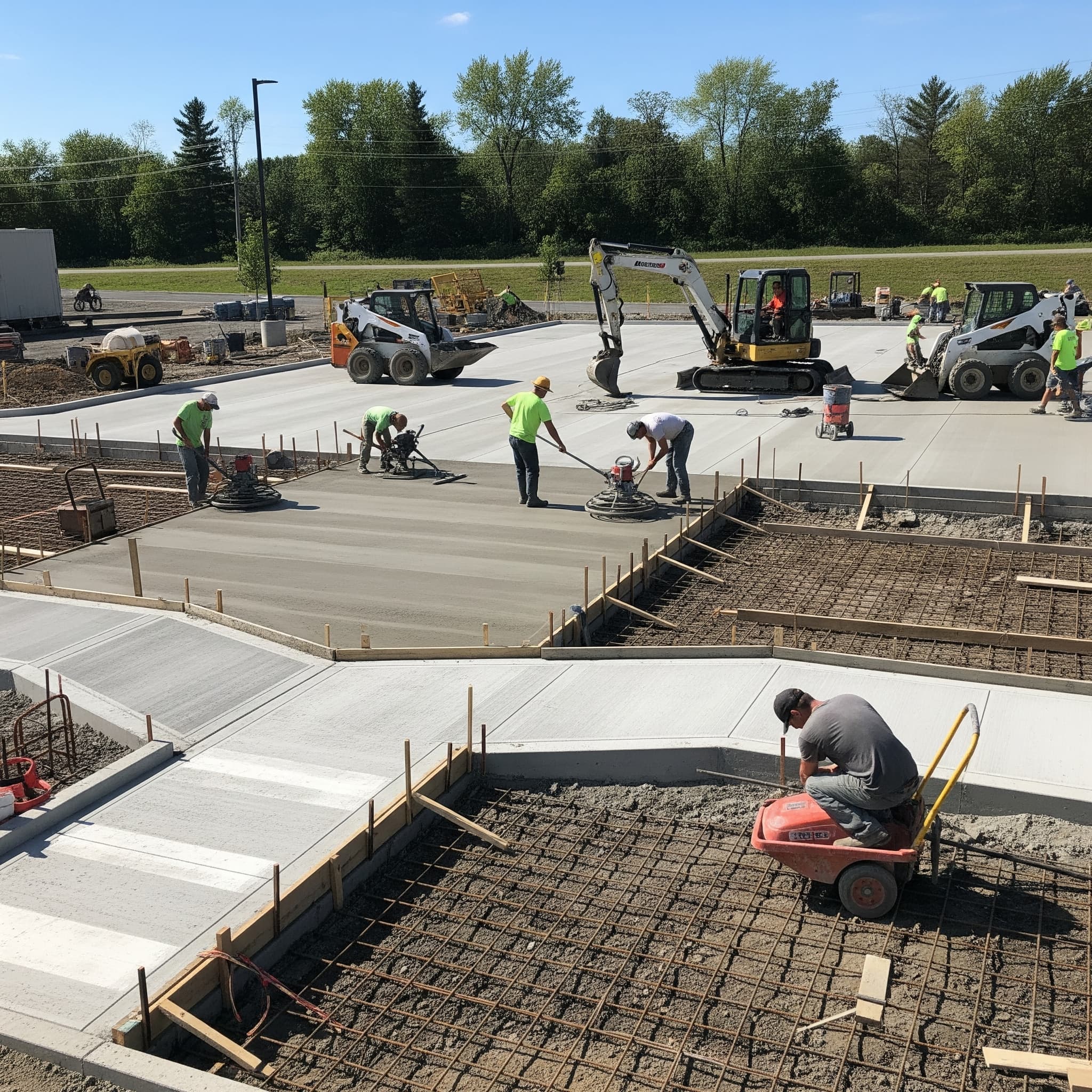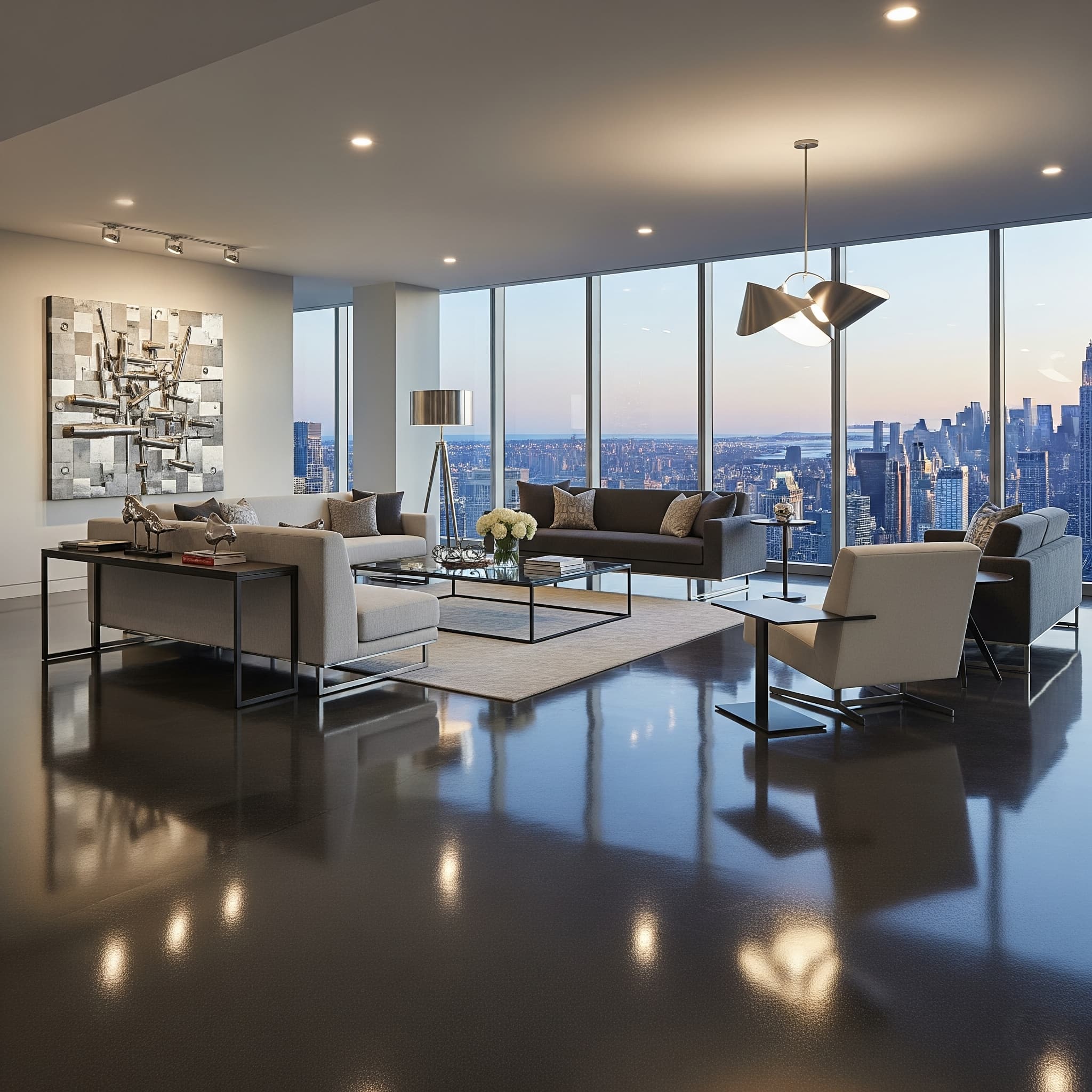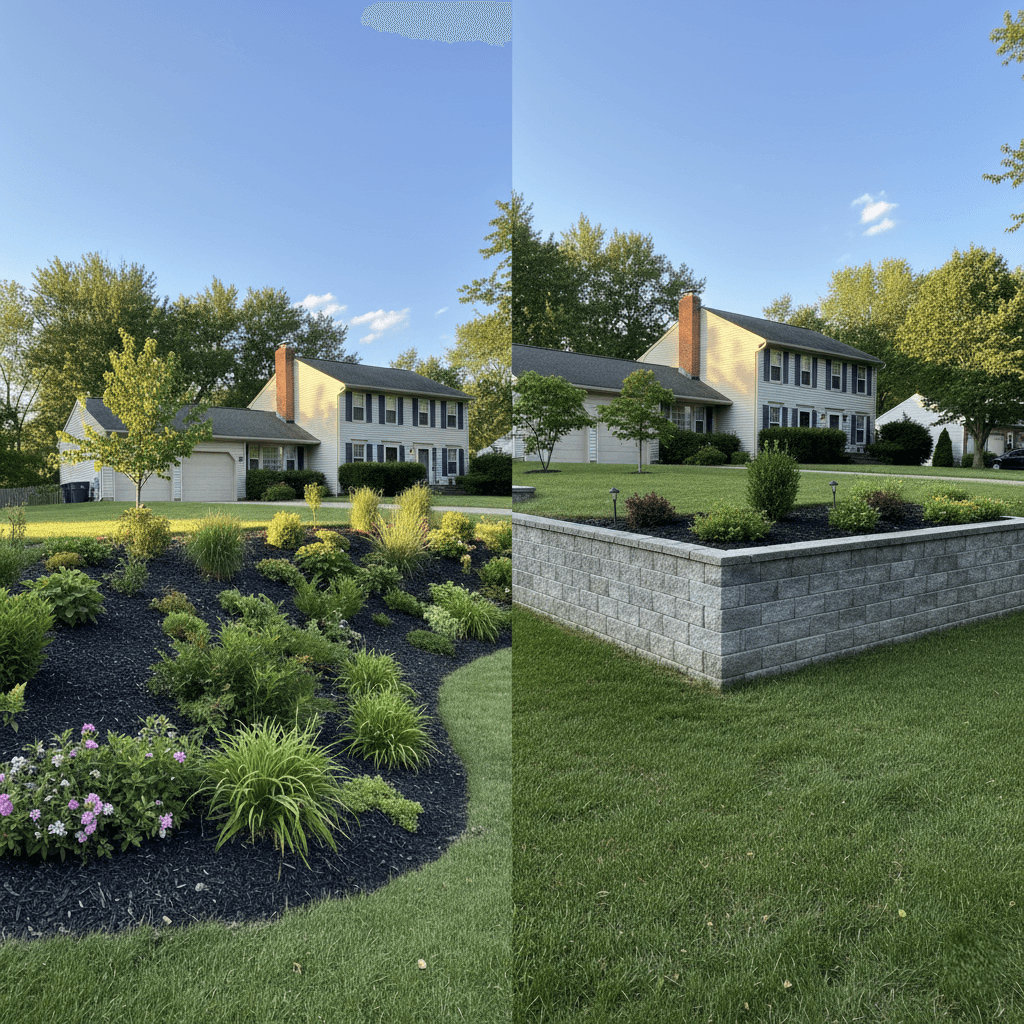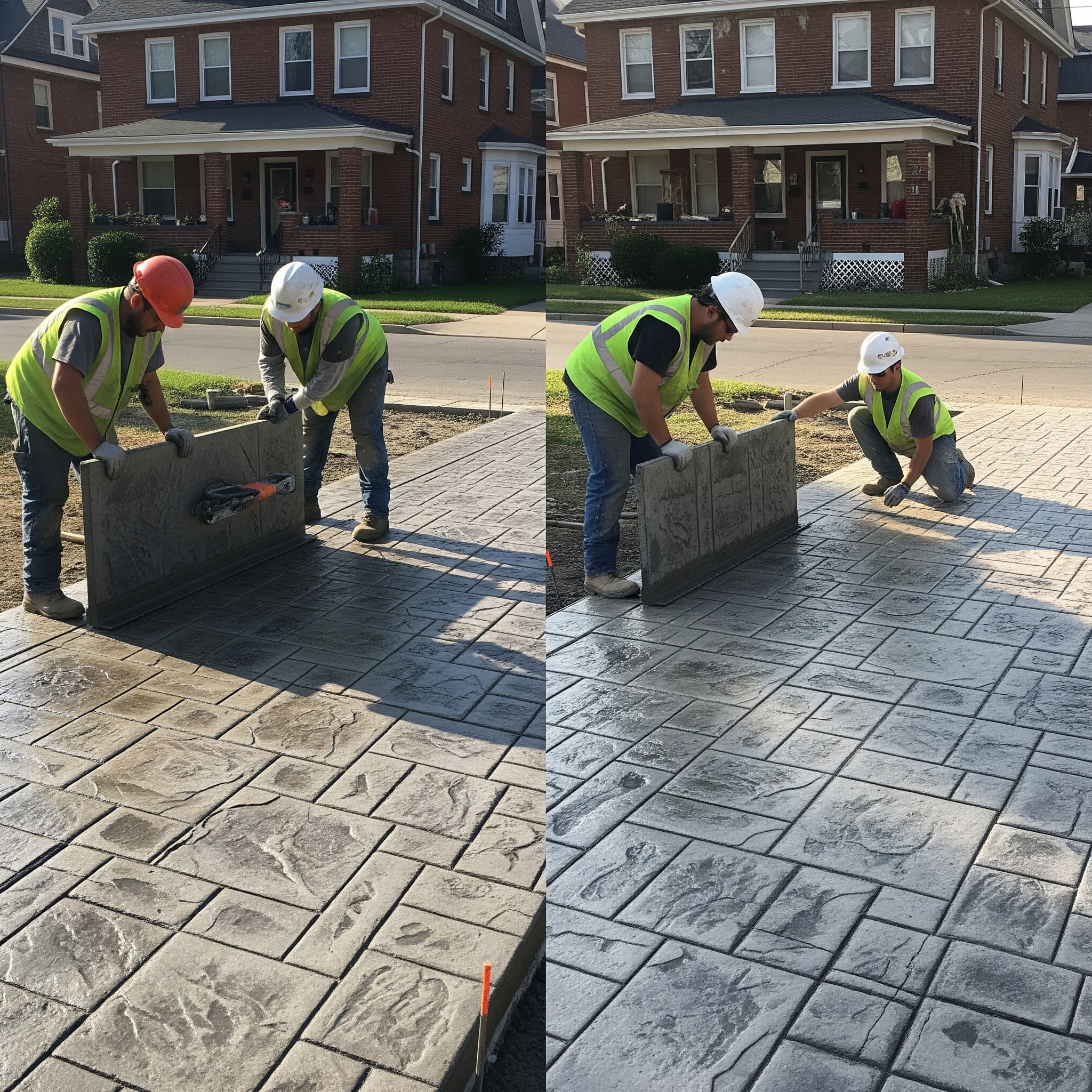
Trends in Polished & Epoxy Concrete Flooring Across NY
Concrete Flooring Schenectady
New York’s concrete flooring industry has experienced remarkable growth as property owners embrace modern solutions that combine durability with aesthetic appeal. Contemporary concrete flooring options include polished surfaces, epoxy coatings, and innovative hybrid systems that meet diverse residential and commercial needs. Technological advances in materials and application techniques have transformed traditional concrete into sophisticated flooring solutions suitable for everything from luxury apartments to industrial facilities. Current market trends emphasize sustainability, customization, and low-maintenance performance that aligns with busy urban lifestyles. Understanding these developments helps property owners make informed decisions about flooring investments that provide long-term value and visual impact.
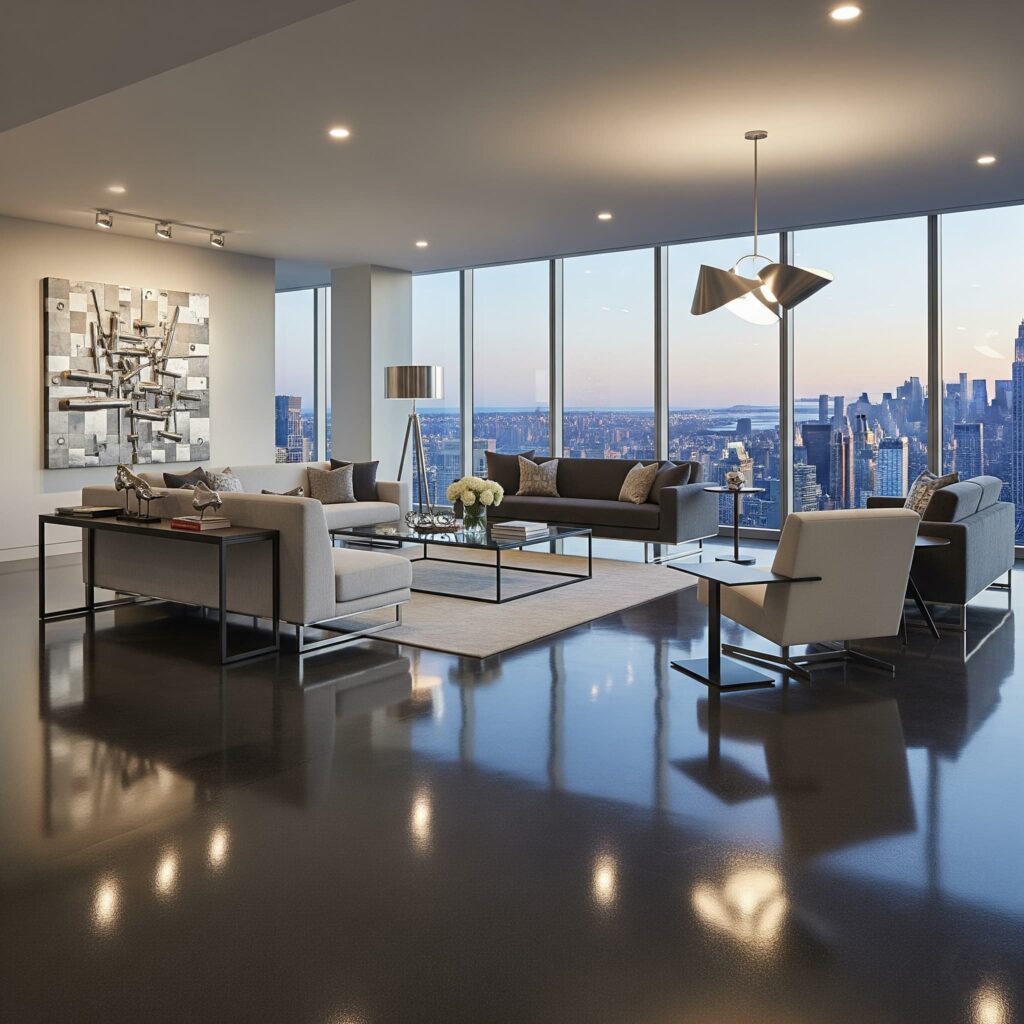
Current Trends in New York Concrete Flooring
Metallic epoxy finishes lead 2025 design trends, creating stunning visual effects that mimic marble, water, or molten metal appearances. These sophisticated systems use specialized pigments to achieve unique patterns that cannot be replicated, making each installation distinctive. Properties in Manhattan’s high-end districts increasingly feature these artistic flooring solutions that serve as focal points in luxury spaces.
Sustainable materials have gained prominence as environmentally conscious consumers demand eco-friendly options with reduced environmental impact. Low-VOC formulations and recycled content materials appeal to LEED-certified projects and green building initiatives throughout New York State. Water-based systems provide excellent performance while minimizing indoor air quality concerns during and after installation.
Color and Design Evolution
Neutral and earthy tones dominate residential applications, reflecting minimalist design preferences that complement modern interior aesthetics. Bold, vibrant colors find favor in commercial spaces where brand identity and visual impact drive design decisions. Terrazzo-inspired epoxy incorporating recycled glass or natural stone aggregates provides texture and visual interest while maintaining seamless performance.
Custom color matching allows precise coordination with existing design elements, architectural features, and corporate branding requirements. Advanced digital color systems ensure consistency across large projects while enabling subtle variations that create visual depth and sophistication throughout connected spaces.
Polished Concrete Flooring Benefits
Durability stands as the primary advantage of polished concrete flooring, with properly maintained surfaces lasting decades without requiring replacement or major restoration. The mechanical polishing process creates extremely hard surfaces that resist abrasion, impact damage, and normal wear from foot traffic and equipment movement. Commercial facilities throughout New York rely on this longevity to minimize disruption and long-term flooring costs.
Light reflectivity improvements reduce artificial lighting requirements, contributing to energy savings and enhanced ambiance in both residential and commercial settings. Polished surfaces can reflect up to 30% more light than untreated concrete, creating brighter, more welcoming environments while reducing operational expenses. This benefit proves particularly valuable in warehouse and retail applications where lighting costs represent significant operational expenses.
Maintenance and Cost Advantages
Low maintenance requirements make polished concrete flooring attractive for busy commercial environments and residential applications where convenience matters. Regular cleaning involves simple dust mopping and occasional damp cleaning with neutral pH cleaners. Unlike traditional flooring materials, polished concrete eliminates waxing, stripping, and refinishing cycles that disrupt operations and increase costs.
Cost-effectiveness becomes apparent when comparing lifecycle expenses against alternative flooring materials. Initial installation costs often equal or exceed other premium options, but elimination of replacement cycles and reduced maintenance expenses provide substantial long-term savings. Properties in expensive real estate markets like those throughout New York State particularly benefit from these economic advantages.
Epoxy Coating Systems and Applications
High-performance epoxy coatings provide chemical resistance, seamless surfaces, and decorative possibilities that exceed traditional flooring capabilities. Modern formulations withstand exposure to oils, acids, alkalis, and cleaning chemicals common in industrial and commercial environments. Self-leveling systems create perfectly smooth surfaces that eliminate joints and cracks where contaminants could accumulate.
Application versatility allows epoxy systems to address various substrate conditions, from new construction to renovation projects requiring surface repairs and improvements. Broadcast aggregate systems provide slip resistance for safety-critical areas while maintaining easy cleaning characteristics. Thin-film coatings offer economical solutions for basic protection and aesthetic enhancement.
Specialized Epoxy Applications
Anti-static epoxy flooring serves electronics manufacturing, data centers, and healthcare facilities where static discharge could damage sensitive equipment or create safety hazards. Conductive systems provide controlled static dissipation while maintaining other performance characteristics essential for demanding environments.
Food-grade epoxy systems meet stringent sanitation requirements for restaurants, food processing facilities, and commercial kitchens throughout New York’s extensive hospitality industry. Antimicrobial additives inhibit bacterial growth while seamless installation eliminates harboring areas for contaminants. These specialized systems comply with health department regulations while providing long-term durability.
Residential Applications and Design Integration
Modern homes throughout New York increasingly feature concrete flooring in living areas, kitchens, and bathrooms where durability and style intersect. Radiant heating systems integrate seamlessly with concrete substrates, providing comfortable, energy-efficient warming throughout cold winter months. Polished and stained concrete complements contemporary design themes while offering practical benefits for active households.
Basement and garage applications remain popular entry points for homeowners exploring concrete flooring benefits. These areas often require moisture resistance, durability, and easy maintenance, which concrete systems provide effectively. Success in these applications frequently leads to expansion into main living areas as homeowners experience the practical advantages firsthand.
Integration with Interior Design
Decorative concrete techniques enable coordination with existing architectural elements, furniture selections, and color schemes throughout residential spaces. Acid staining creates variegated color effects that mimic natural stone while maintaining concrete’s inherent durability and performance characteristics. Saw-cut patterns add visual interest and can define spaces within open floor plans.
Transition details between concrete flooring and other materials require careful planning to ensure a seamless appearance and performance. Professional installation addresses height differences, expansion requirements, and aesthetic considerations that affect overall project success. Properties in historic neighborhoods must balance modern flooring benefits with architectural character preservation.
Commercial and Industrial Applications
Warehouse and distribution facilities throughout New York rely on concrete flooring systems that withstand heavy equipment traffic, impact loads, and chemical exposure from various stored products. Polished concrete provides joint-free surfaces that accommodate high-speed material handling equipment while maintaining safety and cleanliness standards required by modern logistics operations.
Retail environments benefit from concrete flooring’s ability to create distinctive brand experiences while providing the durability necessary for high foot traffic volumes. Custom colors, logos, and patterns can be incorporated directly into flooring systems, creating memorable spaces that reinforce brand identity. Easy maintenance ensures a consistent appearance despite intensive daily use.
Healthcare and Educational Facilities
Hospitals, laboratories, and medical facilities require flooring systems that meet strict infection control standards while providing durability and safety. Seamless epoxy systems eliminate joints and cracks where bacteria could harbor while providing chemical resistance necessary for rigorous cleaning protocols. Slip-resistant textures ensure safety in areas where moisture and cleaning solutions create challenging conditions.
Educational facilities appreciate concrete flooring’s ability to withstand intensive use while providing cost-effective maintenance over extended periods. Gymnasium floors, cafeterias, and corridor applications benefit from impact resistance and easy cleaning that keeps facilities attractive despite heavy daily use by hundreds or thousands of students and staff members.
Installation and Technical Considerations
Substrate preparation determines the ultimate success of any concrete flooring project, requiring professional assessment of existing conditions and appropriate remediation measures. Moisture testing, surface profiling, and crack repair must be completed before installation to ensure proper adhesion and long-term performance. New York’s varied climate conditions affect installation timing and curing requirements.
Professional installation ensures compliance with manufacturer specifications, building codes, and performance expectations that protect property investments. Experienced contractors understand the material handling, environmental controls, and quality procedures necessary for successful projects. Warranty coverage typically requires professional installation to remain valid.
Environmental and Health Considerations
Indoor air quality concerns drive the selection of low-VOC materials and proper ventilation during installation and curing periods. Modern concrete flooring systems can contribute to healthy indoor environments when appropriate materials and installation procedures are followed. GREENGUARD certification and similar standards help specify materials that support occupant health and comfort.
Slip resistance requirements vary by application and local code requirements, with testing standards ensuring adequate safety margins for intended use. Texture additives, broadcast aggregates, and surface treatments provide traction while maintaining other desired performance characteristics. Professional evaluation helps balance safety, aesthetics, and maintenance considerations.
Future Trends and Innovations
Smart flooring technologies incorporating sensors, heating elements, and connectivity features represent emerging opportunities for concrete flooring applications. Integration with building automation systems enables responsive environmental control and usage monitoring that enhances occupant comfort and operational efficiency. These innovations position concrete flooring for continued relevance in modern construction projects.
Nanotechnology improvements in surface treatments promise enhanced performance characteristics, including self-cleaning properties, improved stain resistance, and extended service life. Advanced polymer chemistry continues evolving to provide better adhesion, flexibility, and durability under challenging service conditions common in New York’s diverse climate and usage environments.
Making Informed Flooring Decisions
Successful concrete flooring projects begin with a clear understanding of performance requirements, aesthetic goals, and budget parameters that guide material and system selection. Professional consultation helps evaluate site conditions, usage patterns, and design objectives to recommend appropriate solutions. Comparing lifecycle costs against initial installation expenses provides a better perspective on long-term value.
Quality installation represents the most critical factor in achieving expected performance and appearance from any concrete flooring system. References, certifications, and project portfolios help identify qualified contractors capable of delivering professional results. Investment in proper installation protects property values while ensuring years of satisfactory service.
At Schenectady Concrete Works, we understand New York’s diverse concrete flooring requirements and provide expert guidance on selecting appropriate systems for specific applications. Our experience with both residential and commercial projects throughout the region ensures proper material selection, professional installation, and long-term performance that meets our clients’ expectations for quality and value.
